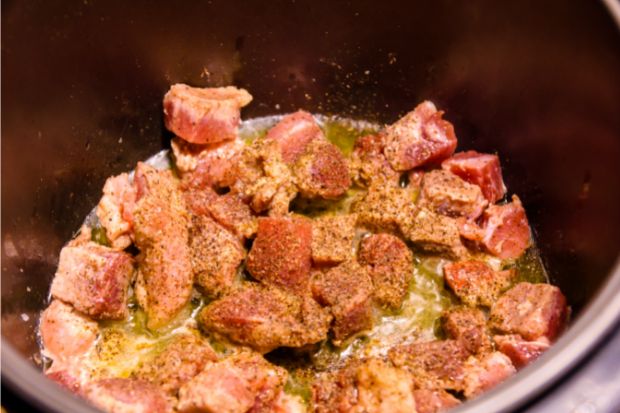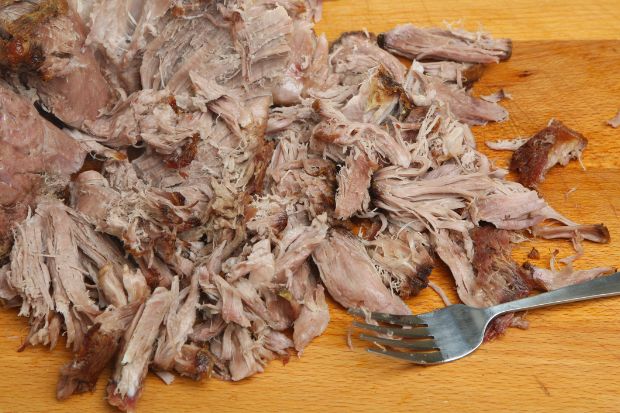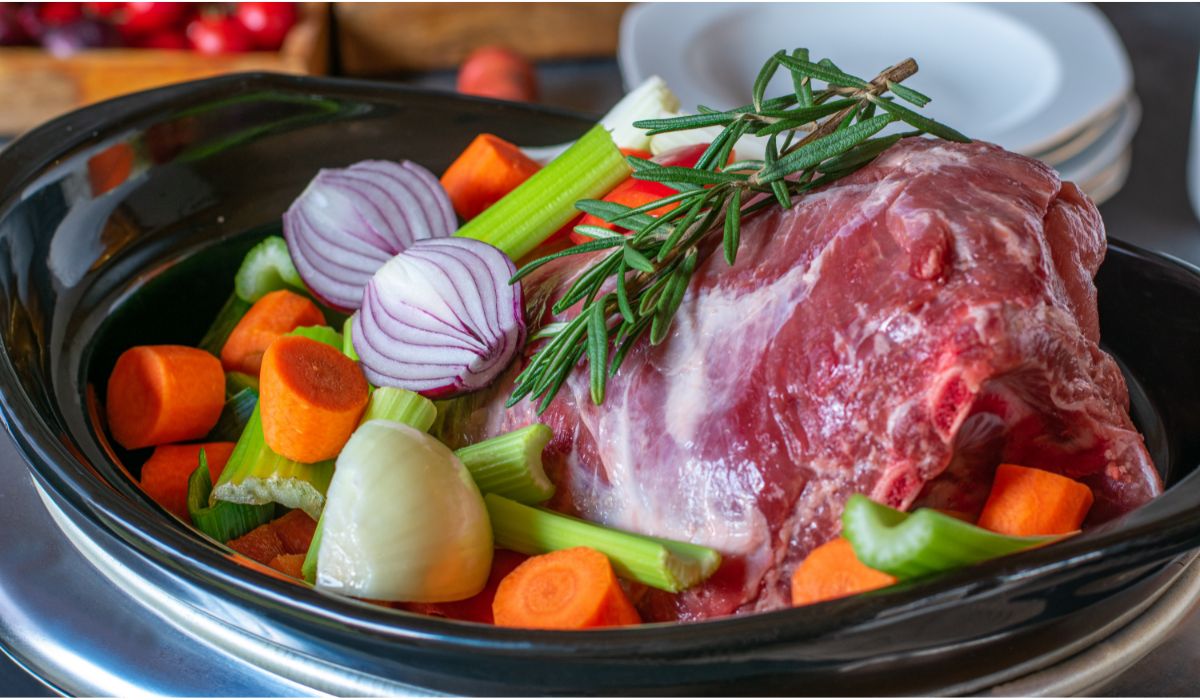Pork is a great type of meat to cook “low and slow,” which is what a slow cooker excels at. However, it is possible to leave pork in the slow cooker too long. Let’s go over what happens if you do, and how to avoid overcooking pork in the slow cooker.
What Happens If You Slow-Cook Pork Too Long?
One of the biggest advantages of slow-cooking raw meat and vegetables is that it’s nearly impossible to burn your foods. That said, if you keep meat in your slow cooker too long, it can become either overly tender and fall apart, or overly tough and difficult to eat. Neither of these is pleasant, so if you decide to slow cook pork (or any other type of meat), it’s always best to stick to the suggested cooking times as best you can.
If you’ve added liquid to the cooker and cook it too long, the meat will be overdone and simply fall apart when you try to handle it. This doesn’t sound like a bad thing and likely won’t affect the taste, but it will affect the texture of the meat and make it inconvenient to eat. This is because the liquid remains in your cooker and the meat soaks in it the entire time, causing it to be too soft.

If you didn’t use a liquid in your slow cooker, the pork can actually become too tough to eat. Why? Because there is collagen in the muscle fibers of the meat, and that collagen turns into gelatin when it’s cooked in a moist heat. This, in turn, allows the meat to separate nicely when you try to eat it. The thing is, if pork is cooked too long in the absence of liquid, the meat fibers do the opposite: They shrink and get tougher to eat. The higher the temperature is, the smaller they shrink and the tougher they get.
How Long Is Too Long?
If you’re out running errands one day and come home late while pork is in your slow cooker, when should you be concerned about how long your meat has been in there?
The answer really depends on the type of pork and the size of the meat, not to mention how long it’s been in the cooker that day. A large pork shoulder or roast can remain in your slow cooker a little longer than foods such as ribs or small pieces of meat, which don’t take as long to cook.
If you cook your pork an hour longer than it was supposed to cook, you shouldn’t have any problems eating it. On the other hand, if it’s been three to four hours or longer, you might want to test it out to see if you have to eat something else instead.
Cut into it with a fork or chef’s knife and see what the texture is like. You can also taste a small piece of it to see what it tastes like, then base your decision on what to do next with the results you get.

When Is Pork Cooked?
At one time, we were told that cooked pork should have no pink in it whatsoever—if pork wasn’t fully cooked, it could make us sick. Nowadays we know that’s not true, but it’s still best if your pork only has a small amount of pink and no more. If you’re not sure, use a food thermometer and make sure the internal temperature is at least 145 F. If it is, your pork is safe to eat.
The good news is, most slow cookers cook between 170 degrees and 280 F, so if you cook pork in yours long enough, it should be fine. Of course, you might want to do a temperature check anyway to be on the safe side.
Because of the long cooking time and the heat of the cooker, any bacteria in the food will be destroyed and therefore safe to eat.
When you cook meat, it should be “fork tender” when done, meaning you should be able to cut it with your fork.
And did you know, you can even cook pork roast in a rice cooker?
